Killers of the Flower Moon is a captivating and poignant portrayal of the historical murders that plagued the Osage Nation.
Under the direction of Martin Scorsese and inspired by David Grann’s 2017 publication, Killers of the Flower Moon: The Osage Murders and the Birth of the FBI, the narrative unfolds around the experiences of Ernest Burkhart (played by Leonardo DiCaprio), a World War I veteran. He is persuaded by his cattle-farming uncle, William “King” Hale (portrayed by Robert De Niro), to marry Mollie Kyle (depicted by Lily Gladstone), a wealthy member of the Osage Nation, in an effort to gain control of her family’s substantial oil wealth.
Following the discovery of oil reserves on their territory, members of the Osage Nation experienced a significant rise in their socioeconomic status, ultimately attaining considerable wealth that positioned them among the most affluent individuals on a global scale. However, in the 1920s, a series of enigmatic illnesses and homicides, which also impacted Mollie’s siblings, enveloped this era with a somber ambiance, commonly known as the Reign of Terror.
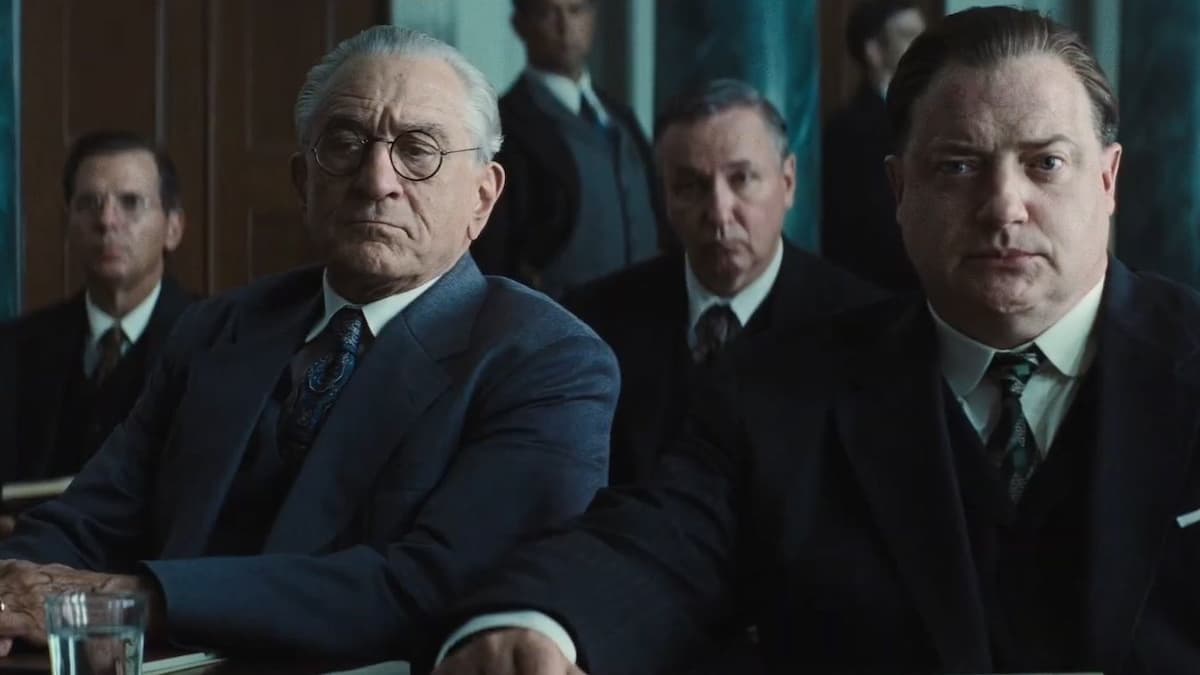
What’s the ending of Killers of the Flower Moon?
As the movie goes on, it becomes clear that Ernest, along with his uncle and brother, is masterminding the attacks and using their influence to coerce other settlers into carrying out their nefarious schemes. As Killers of the Flower Moon comes to a close, the FBI is hot on Ernest and Hale’s trail for their roles in the murders of Osage people.
To protect himself and his loved ones, Burkhart is willing to testify against Hale. His personal reputation is destroyed, and he is unable or unwilling to tell his wife Mollie (Lily Gladstone) what kind of poison he has been giving her over the years. Early on in the film, we learn that Mollie has diabetes so severe that she needs to undergo unproven insulin therapies.
Mollie’s persistent illness and subtle poisoning are the result of a request from Hale and the local doctors for Ernest to mix the insulin with a drug they haven’t disclosed. In the final scene of the film, before cutting to a radio broadcast, Mollie asks Ernest what exactly is in the injections. After Ernest’s dismissive response, “It’s just insulin,” Mollie packed up the kids and left, eventually getting a divorce and starting a new life on her own. Ernest is subsequently given a life sentence, but is eventually granted parole as a result of his testimony.
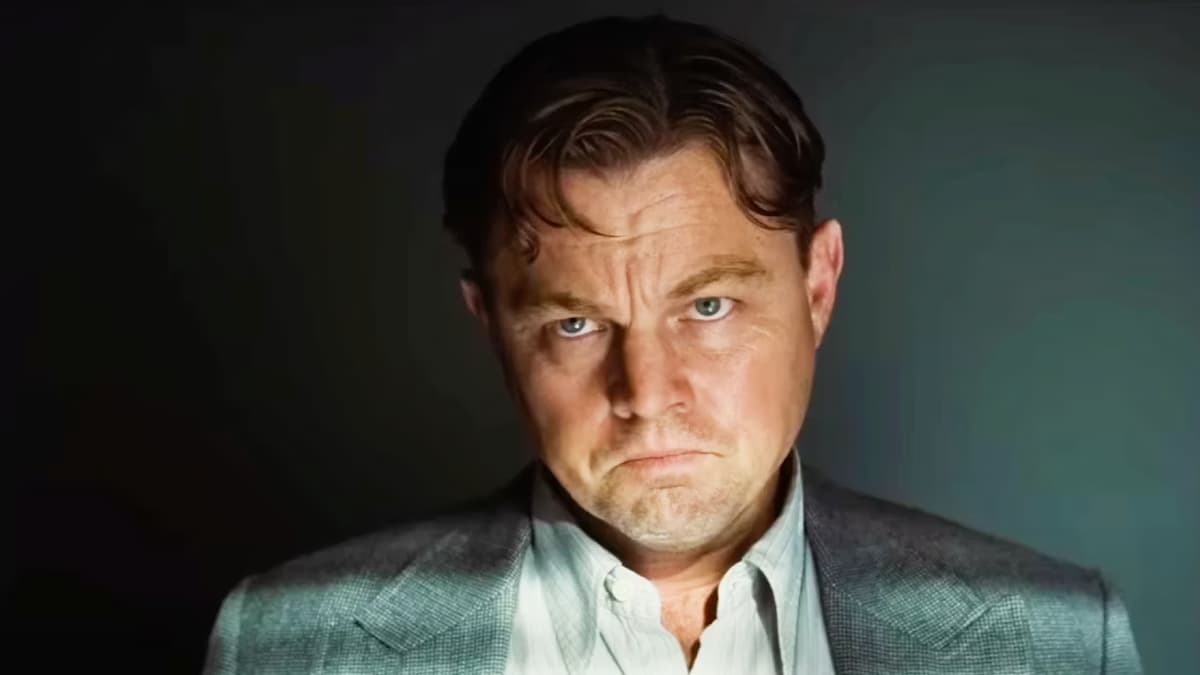
Whatever happened to Ernest Burkhart at the end of Killers of the Flower Moon?
Ernest Burkhart could have avoided jail time, but instead he was doomed to spend the rest of his life on the outs with his family. In the confines of the jail scene, the film offers Burkhart a chance at redemption, but it never follows through with this promise. Scorsese made it clear that there are no “heroes” in this story; instead, everyone must deal with the repercussions of their actions. As Killers of the Flower Moon is now playing in theaters, its ending has sparked a variety of interpretations, allowing viewers to form their own opinions about Scorsese’s intended message.
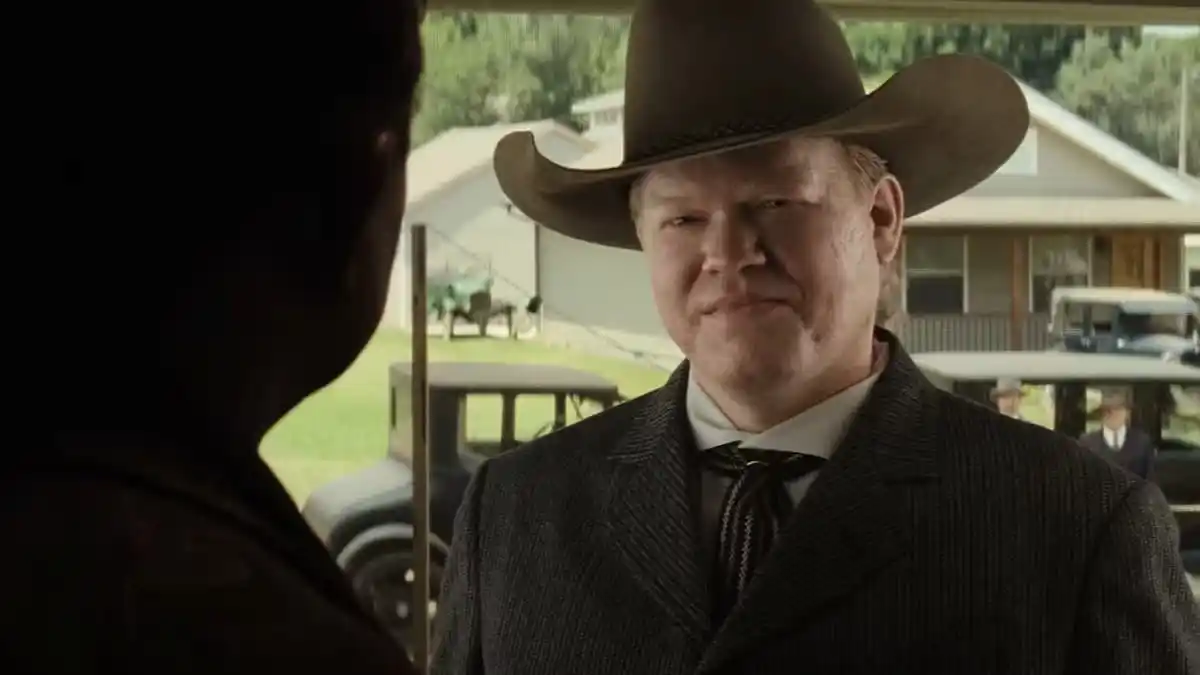
Why is the last scene so different from the rest of the movie in Killers of the Flower Moon?
In the final scene, a white cast plays the Osage story for a radio drama audience, complete with applause and a full complement of Foley sound effects. Tom White (Jesse Plemons), a minor character in the film, plays the hero in this version of the story, and the villains are easily defeated. It provides a satisfying conclusion to one of the last gripping sagas of the Wild West, but it has little in common with the complex and unsettling events we have seen unfold. The FBI and the government tried to cover up a lot of the Osage murders so that it looked like the investigation was a huge success, but underneath the surface was a much deeper and more sinister conspiracy that they never got to the bottom of. Which brings us to Scorsese’s very apparent cameo.
At the end of David Grann’s nonfiction book, Killers of the Flower Moon, the FBI is shown to have used the case for publicity purposes by having agents appear in an episode of the 1930s radio drama series The Lucky Strike Hour. Two decades later, J. Edgar Hoover appeared in The FBI Story, directed by Jimmy Stewart, in which he briefly reenacted the Osage case to boost the FBI’s reputation. As if going through time, Scorsese’s film adaptation of Grann’s book features a remarkable conclusion that is based on the radio drama set in the 1930s, which was written ten years after the murders.
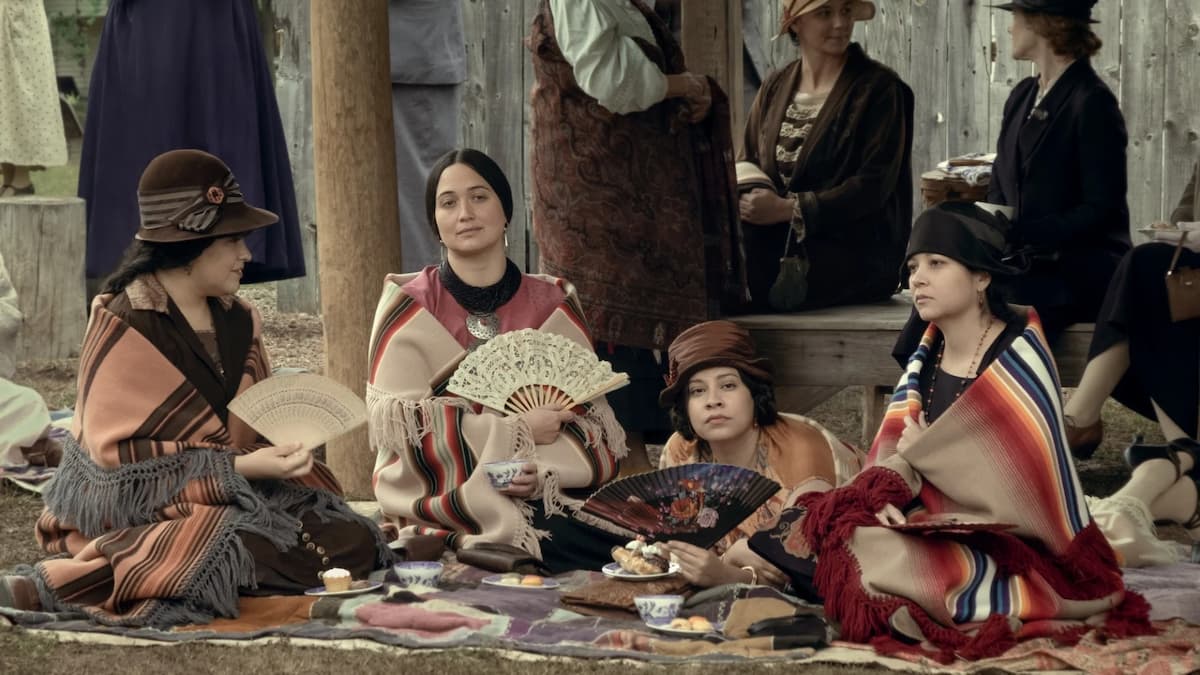
Does Martin Scorsese make a cameo at the end of Killers of the Flower Moon?
When Scorsese himself appears on screen, he does so in a manner that defies the film’s realism by stepping onto the stage and into the spotlight. Taking on the persona of the radio drama’s narrator, he recounts the events that happened to Mollie (the story’s protagonist) after The Lucky Strike Hour cut them out. Scorsese describes the final years of her life and her death in 1937. The film’s final lines are a recounting of his account of Mollie’s obituary: “There was no mention of the murders.” And like that, Scorses takes ownership of the horrific Osage story, and sets the truth free for all to observe and absorb.
The finale of Killers of the Flower Moon is a breathtaking above shot of a modern Osage gathering. The dancers form a continuous, colorful circle, which represents their strong sense of community. After Scorsese deservedly turns in the spotlight, the story is rightfully given back to the Osage people.

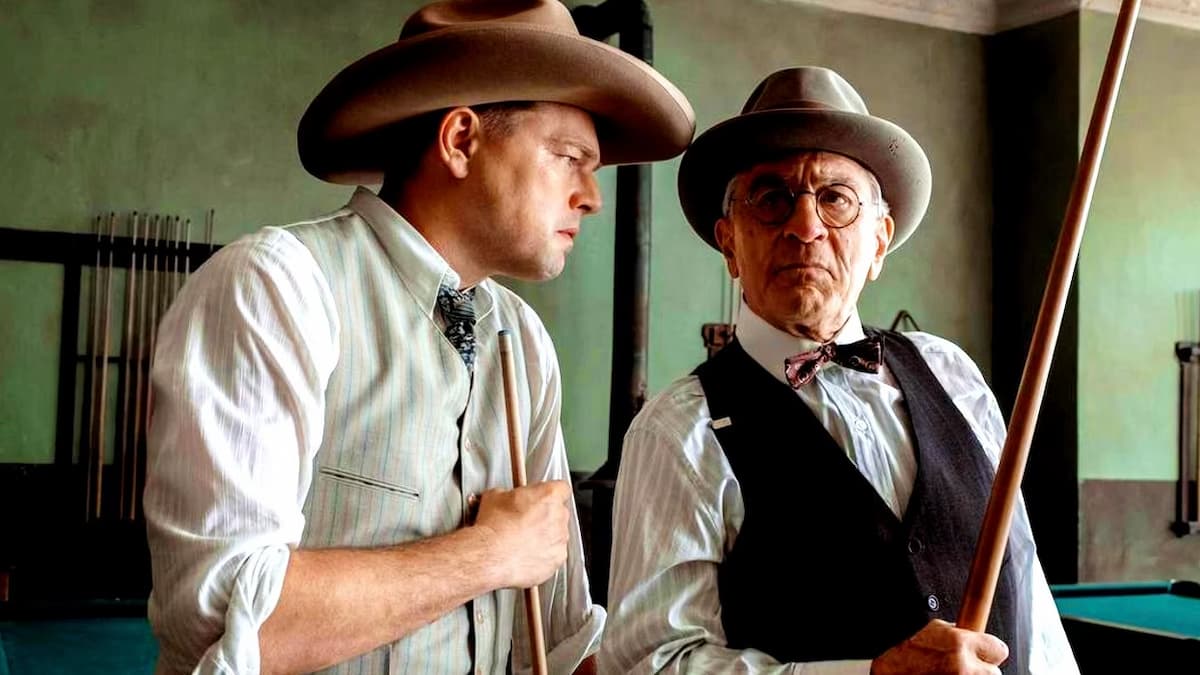








Published: Oct 23, 2023 07:12 pm